Bako National Park, located in the Malaysian state of Sarawak on the island of Borneo, is a true gem for nature enthusiasts and adventure seekers. Established in 1957, it is Sarawak’s oldest national park and offers a unique blend of rich biodiversity, stunning landscapes, and diverse ecosystems. Spanning 27 square kilometres, Bako National Park is renowned for its wildlife, lush rainforests, pristine beaches, and remarkable geological formations. Explore the wonders of Bako National Park and uncover why it is a must-visit destination for any nature lover.
Location Of Bako National Park
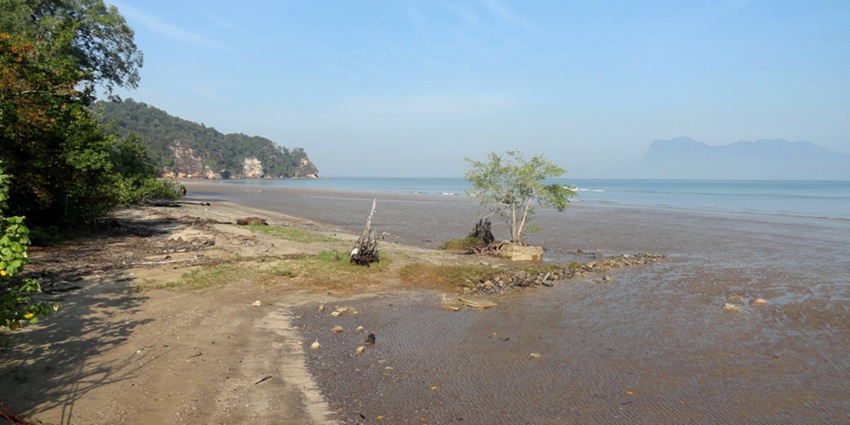
Photo: Fabio Achilli / Wikimedia Commons
Bako National Park is located in Sarawak, Malaysian Borneo, approximately 37 kilometres (23 miles) from the city of Kuching. The park is situated on a peninsula along the northern coast of Borneo, bordered by the South China Sea, and is known for its diverse ecosystems, including mangroves, rainforests, and dramatic coastal landscapes.
Suggested Read: Discover The Best Theme Parks In Malaysia
How To Reach Bako National Park
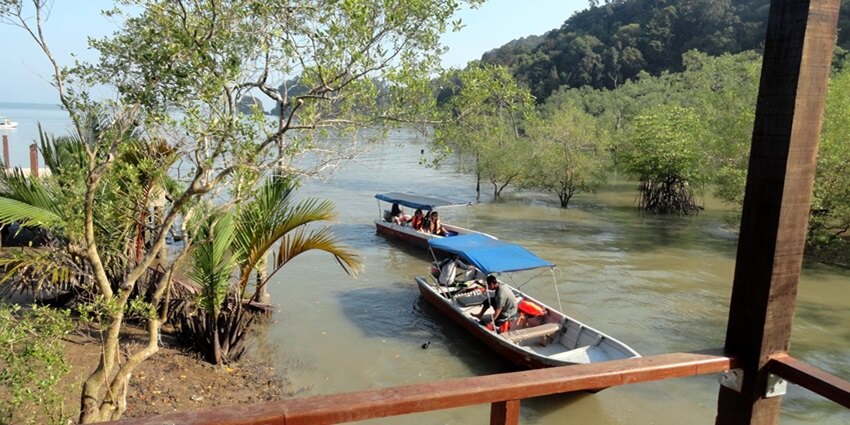
Photo: Fabio Achilli / Wikimedia Commons
By Air: The nearest city is Kuching, which can be reached via direct flights from Kuala Lumpur and other major Malaysian cities.
By Road: Take a taxi or local bus from Kuching to Bako Village, which takes approximately 30 minutes.
By Water: From Bako Village, take a 20-minute boat ride to the park’s entrance. The boat ride offers picturesque views of the coastline and mangroves.
6 Experiences At Bako National Park
Here’s a list of the park’s main attractions, from its unique wildlife and scenic trails to its pristine beaches and geological marvels.
1. Wildlife Encounters
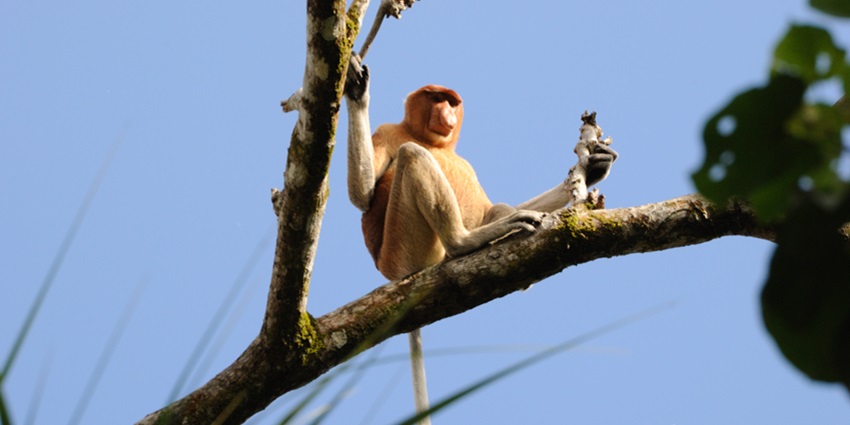
Photo: Diego_cue / Wikimedia Commons
Bako National Park is home to a rich array of wildlife, making it a paradise for animal enthusiasts. The park is famous for its population of proboscis monkeys, which are endemic to Borneo. Visitors can also spot long-tailed macaques, silvered langurs, bearded pigs, monitor lizards, and various bird species. The park’s diverse habitats, from mangrove swamps to dipterocarp forests, provide the perfect environment for these animals.
Suggested Read: Your Ultimate Guide To The Beaches In Malaysia
2. Scenic Hiking Trails
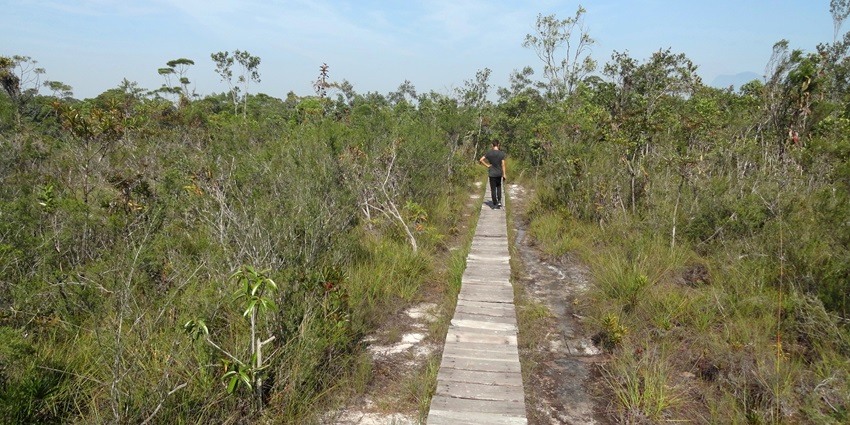
Photo: Fabio Achilli / Wikimedia Commons
The park boasts an extensive network of hiking trails that cater to all levels of fitness and experience. The trails range from easy walks to challenging treks, each offering stunning views and unique experiences. The Lintang Loop, for example, is a popular trail that provides a comprehensive overview of the park’s diverse ecosystems. For a more challenging hike, the Tajor Waterfall Trail rewards trekkers with a refreshing swim in a natural pool.
3. Pristine Beaches
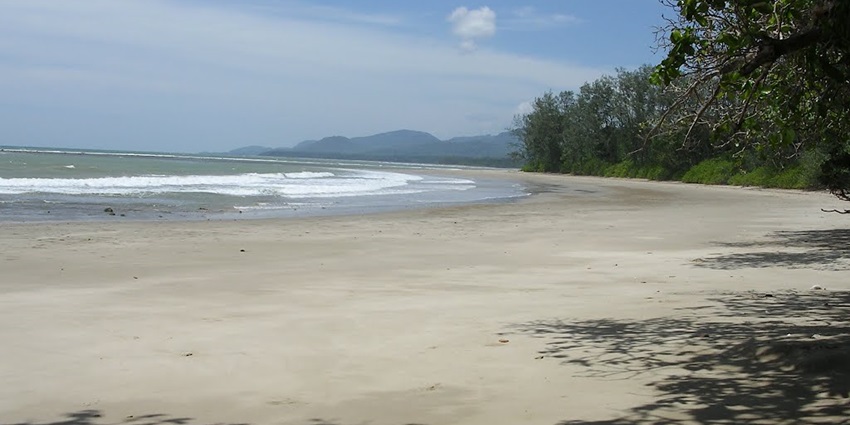
Photo: Colin Trainor / Wikimedia Commons / Image For Representation Only
The park is home to several beaches, perfect for relaxing after a day of trekking. Pantai Telok Pandan Kecil is one of the most picturesque, with its golden sands and dramatic sea stacks. The beach is accessible via a scenic trail that offers panoramic views of the coastline. Another notable beach is Telok Assam, located near the park headquarters, which is ideal for a quick dip or a leisurely picnic.
Suggested Read: Best Places For Skydiving Malaysia
4. Rich Biodiversity
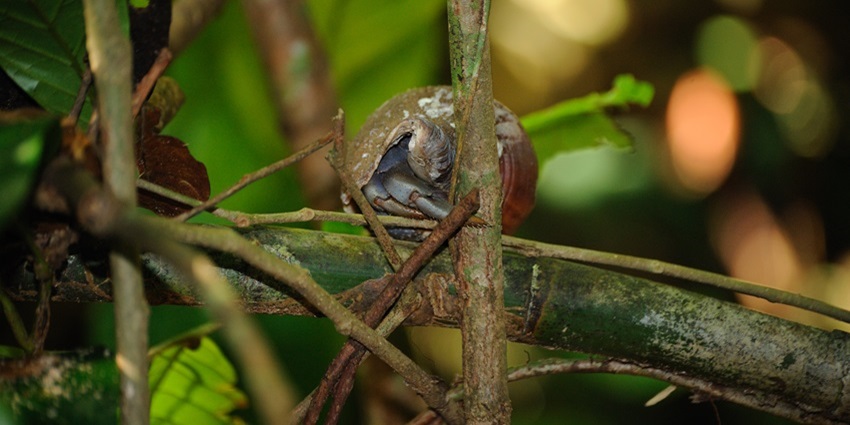
Photo: Diego_cue / Wikimedia Commons
A biodiversity hotspot, the park boasts over 600 species of plants and a wide variety of animals. Know about the Bako National Park timing before you plan your adventure trip. The park’s diverse ecosystems, including mangroves, dipterocarp forests, and heath forests, support this incredible biodiversity. Visitors can explore these habitats and learn about the unique plant and animal species that call Bako home, such as the carnivorous pitcher plants and the Bornean bearded pigs.
5. Adventure Activities
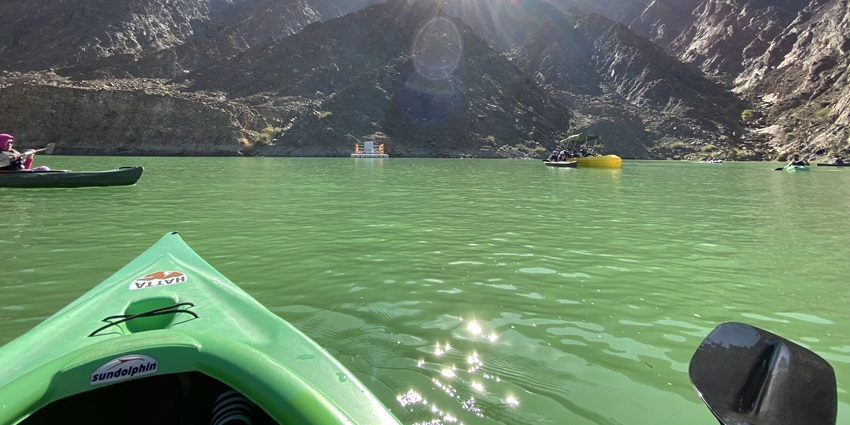
Photo: Chrome231 / Wikimedia Commons / Image For Representation Only
For those seeking adventure, Bako National Park activities are beyond hiking and wildlife watching. Kayaking along the park’s river and coastlines provides a mesmerising view of the landscapes, while guided night walks offer the chance to see nocturnal animals and bioluminescent fungi. Have your dose of thrill with adventure activities at Banko National Park. Rock climbing and caving are also available for thrill-seekers looking to explore the park’s rugged terrain.
Suggested Read: Top Places To Visit In Malaysia
6. Birdwatching Paradise

Photo: Cuatrok77 / Wikimedia Commons / Image For Representation Only
Birdwatchers will be thrilled by the abundance of bird species at the park. The varied ecosystems provide a haven for over 150 bird species, including the rare Bornean bristlehead, the striking oriental pied hornbill, and kingfishers. These diverse habitats offer the perfect setting for observing the birds’ unique behaviours and interactions within their natural environment. For those eager to delve deeper, guided birdwatching tours are available, providing expert insights and the best opportunities to spot these feathered marvels.
Where To Stay
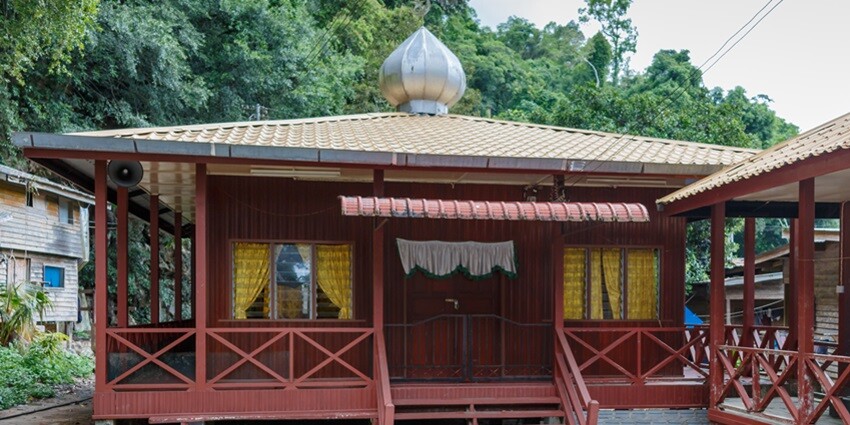
Photo: CEphoto, Uwe Aranas / Wikimedia Commons / Image For Representation Only
The Bako National Park Lodge provides basic yet functional rooms within the park itself, offering a convenient and immersive experience. It is advisable to book in advance due to its popularity. For those seeking more comfort, Kuching offers a variety of hotels and lodges, ranging from budget-friendly to luxury options. Staying in Kuching allows for an easy day trip to the park, combining a more comfortable lodging experience with convenient access to Bako’s natural attractions.
Suggested Read: Top Malaysia Islands That You Cannot Miss!
Where To Eat
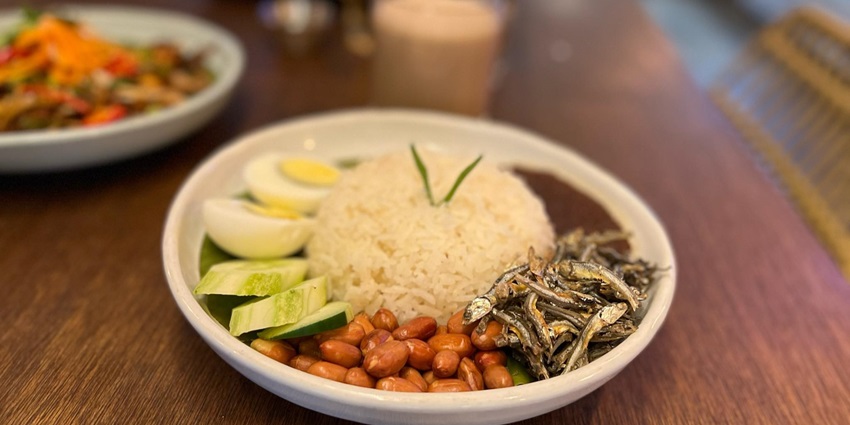
Photo: Apluswiki / Wikimedia Commons
Within the park, the cafeteria provides a convenient spot to enjoy a selection of local and simple dishes during your visit. For a broader range of dining options, you can explore Kuching, where numerous restaurants and eateries offer Malaysian and international cuisine. Popular dining areas in Kuching include the waterfront and the city centre, where you’ll find a variety of choices to suit different tastes and preferences.
Best Time To Visit

Photo: Peter Gronemann / Wikimedia Commons
Dry Season (March – October): The dry season offers more stable weather, making hiking and wildlife spotting easier and more enjoyable.
Wet Season (November – February): During the wet season, expect higher humidity and occasional rain. Trails may be slippery, and some areas could be less accessible.
Suggested Read: The Best Trails And Nature Spots For Hiking In Singapore
Tips For Travellers

Photo: Wallace Chuck / Pexels / Image For Representation Only
- Entry to the park requires a fee, which includes the cost of the boat transfer from Bako Village.
- Consider joining a guided tour to enhance your experience. Guides can provide valuable insights into the park’s wildlife and geology.
- Bring lightweight, breathable clothing, sturdy hiking shoes, insect repellent, sunscreen, and plenty of water. Don’t forget a camera to capture the stunning landscapes and wildlife.
- Carry a camera to capture Bako National Park photos.
Bako National Park offers an unparalleled wilderness adventure with its rich biodiversity, stunning landscapes, and diverse ecosystems. The tour will definitely help you connect with yourself. Whether you’re trekking through the rainforest, relaxing on a pristine beach, or observing unique wildlife, Bako provides an unforgettable experience for every nature lover. Plan a trip to Malaysia with TripXL and immerse yourself in the beauty and wonder of this incredible destination.
Cover Photo: Fabio Achilli / Wikimedia Commons


 WhatsApp
WhatsApp
 Twitter
Twitter









